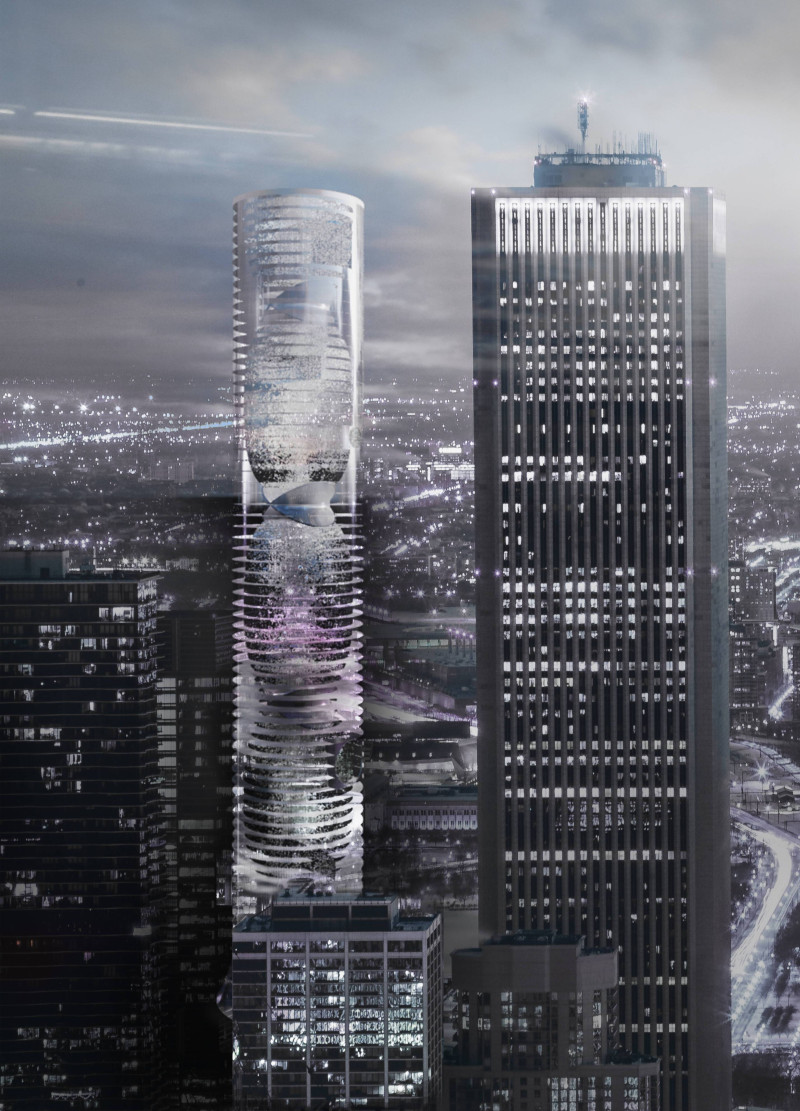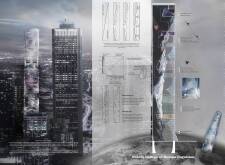5 key facts about this project
Innovative Structural Design
The architectural design is characterized by a central spiraling structure that serves as the focal point of the campus. This form reflects the dynamic nature of knowledge acquisition and symbolizes the intertwined relationship between education and personal growth. The structure not only provides a visually compelling landmark but also inherently supports functionality within its design. This element accommodates classrooms, community spaces, and administration, all while promoting interaction and accessibility.
Unique Environmental Interactions
A critical aspect of the project is its biophilic approach to design. Natural light plays a significant role in enhancing the learning atmosphere; large glass façades allow abundant sunlight, creating a connection to the external environment. The incorporation of green spaces, including potential green roofs and recreational areas, establishes a natural oasis within the urban setting. This environmental strategy not only contributes to sustainability but also enhances mental well-being, encouraging cognitive processes necessary for effective learning.
Flexible Spatial Dynamics
The Future College embraces flexible learning environments through its unique spatial configurations. Adaptable areas are designed to accommodate various activities, from group studies to lectures, ensuring that the design is versatile and responsive to different educational needs. Key features include integrated observation areas and magnetic field concepts, which may enhance the sensory experience of users and promote engagement with their surroundings. These elements set the project apart from traditional educational facilities by emphasizing interaction between space and user experience.
Prospective readers are encouraged to delve deeper into the architectural plans, sections, and designs of the Future College of Human Cognition for more comprehensive insights into its unique architectural ideas and functionalities. This exploration can provide further context and understanding of how the design innovations translate into the educational environment.























